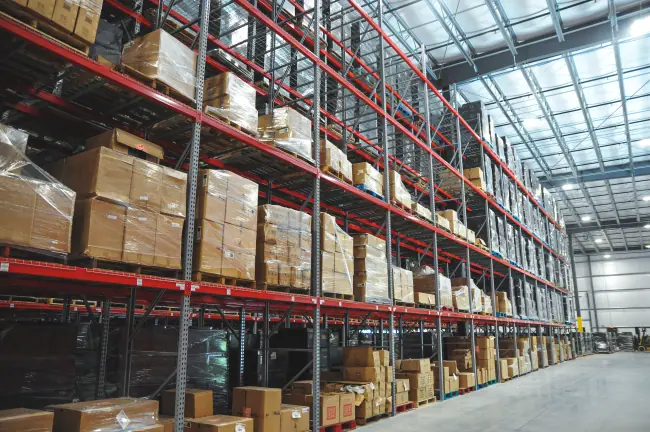Why does Red Stag have just two warehouse locations?
We are well aware, as you probably are, that many of our competitors aggressively advertise that they have a lot of warehouse locations …
‘40+ fulfillment centers around the globe!’
‘Split your inventory across our [many] locations so you can reach your customers quickly!’
You might reasonably ask, why does Red Stag have just 2?
It doesn’t sound like many. Perhaps you reasonably wonder if that’s all we can afford to build.
Or, how we can possibly serve your customers with such a paltry number.
Serving our clients, and their customers, from just two locations, is intentional.
It’s a decision our founders made early on in our company history after careful consideration
about what was best for our ability to create the right fulfillment solution for our customers.
Those interested can read our detailed explanation of why we chose these strategic locations.
The Red Stag difference
Compare our promises
to any other 3PL

Dock-to-stock in 2 business days
We receive all shipments in less than two days.

100% order accuracy
Fulfillment done right. Backed by guarantees.

0% shrinkage allowance
Because any loss is unacceptable.

100% On-time shipments
We get orders out the door on time, every time.
Since our mistakes will hurt you, we believe they should hurt us, too.
That’s why we get it right or we make it right:
if we mess up, we’ll reimburse your full costs, pay you $50 compensation, or both.





